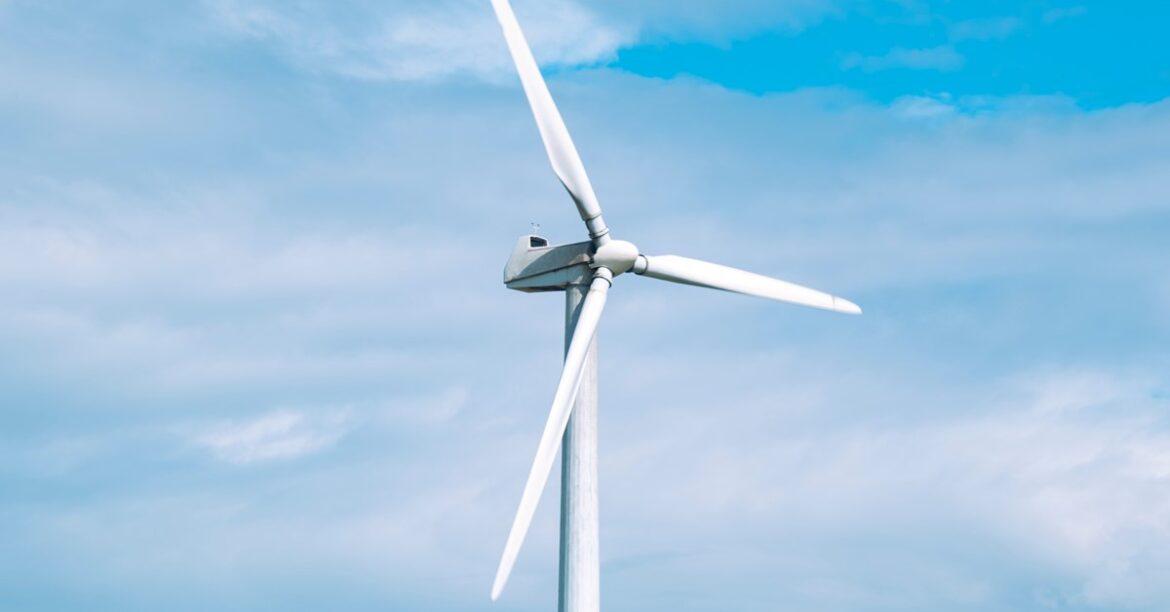Japan’s Ministry of Economy, Trade and Industry (METI) is poised to ink a landmark agreement with Siemens Gamesa Renewable Energy aimed at creating a domestic supply chain for offshore wind development, an industry where Japan currently lacks native manufacturing capabilities, Reuters reported.
At a signing ceremony in Tokyo, METI, Siemens Gamesa, and electronics giant TDK will formalise a memorandum of understanding in which TDK agrees to supply permanent magnets for Siemens Gamesa’s offshore turbines. The agreement is a pivotal move to reduce dependency on foreign imports and foster a local ecosystem for turbine components and production.
Offshore wind at the heart of Japan’s energy ambitions
According to a government statement, offshore wind is central to Japan’s climate and energy strategy. The country is targeting 45 GW of offshore wind capacity by 2040, a transformative goal as it seeks to cut reliance on imported fossil fuels and build energy independence.
Recent data from Japan Wind Power Association highlights just how far Japan has to go. In 2024, Japan added approximately 670 MW of new wind capacity, up from 480 MW in 2023 and 510 MW in 2020. While this upward trend is promising, the figures also show how modest the scale remains compared to national ambitions.

Additionally, the number of turbines installed has not kept pace with capacity growth, suggesting a shift toward larger, more powerful turbines — a trend the Siemens Gamesa-TDK partnership could support by manufacturing advanced components like permanent magnets domestically.
Local supply chain as a catalyst
Siemens Gamesa’s collaboration with TDK marks a pivotal step toward localising Japan’s wind power supply chain. Marc Becker, CEO of Siemens Gamesa’s offshore division, stated the effort will bring “the newest technology to new markets,” and emphasised that local production of magnets is key to supporting long-term growth.
“We are also continuously expanding our supply chain, and hence we’re coming to Japan to work together with TDK on producing magnets in Japan, which will allow us further growth,” Becker said.
Analysts view this partnership as a critical part of Japan’s broader energy transformation. It supports diversification of supply sources, cost control, and could accelerate Japan’s lagging offshore wind deployment, which has faced delays due to rising costs and logistical challenges.
What’s next for Japan’s wind sector
With METI aiming to revive delayed wind auctions and attract investment to port regions, the metals and components sector, where TDK is now stepping in, will be the foundation for future turbine assembly.
Looking ahead, the pressure is mounting on both domestic and international suppliers to establish local facilities. As Japan seeks to scale from hundreds of megawatts annually to tens of gigawatts over the next 15 years, the Siemens Gamesa-TDK partnership could mark a turning point, fortifying the domestic wind industry and anchoring Japan’s path toward a sustainable energy future.


AloJapan.com